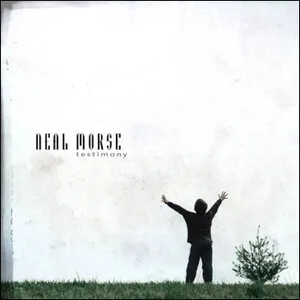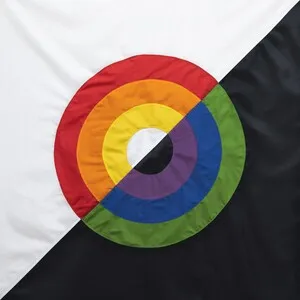
Contemporary Christian music (CCM) is a broad umbrella of popular music that expresses the Christian faith using the sound, structures, and production values of mainstream pop, rock, and singer‑songwriter styles.
Emerging from the late‑1960s Jesus Movement, it pairs radio‑friendly hooks and polished arrangements with explicitly Christian lyrics—ranging from personal testimony and devotion to congregational praise.
Over time, CCM has absorbed elements from soft rock, folk, country, and modern pop trends, and it now includes both artist‑driven radio pop and church‑oriented worship music.
Contemporary Christian music grew out of the Jesus Movement in the United States, where young believers began writing “Jesus music” that sounded like the rock, folk, and pop of the day. Coffeehouses, Calvary Chapel, and early labels like Maranatha! Music provided a grassroots platform. The aim was to communicate Christian faith in the vernacular of contemporary youth culture.
The 1980s saw the professionalization of CCM. Labels such as Sparrow, Word, and Reunion, alongside CCM Magazine (founded 1978), built a dedicated industry—radio formats, touring circuits, and Christian retail. Production values aligned closely with soft rock and adult contemporary pop, broadening the audience beyond youth groups.
Artists like Amy Grant and dc Talk helped CCM gain mainstream visibility. Grant’s pop success demonstrated the commercial viability of faith‑centered lyrics in secular markets, while dc Talk fused rock, rap, and pop. The decade diversified sonically, from arena‑scaled pop‑rock to acoustic singer‑songwriter styles, while maintaining overtly Christian themes.
A worship‑led current rose to prominence through Passion Conferences, Hillsong, Chris Tomlin, and others, emphasizing congregational songs with anthemic builds and accessible melodies. CCM became increasingly global (Australia, the UK, Latin America), while embracing modern pop idioms—EDM textures, synth pads, and cinematic dynamics—without losing lyrical focus.
Streaming, social platforms, and church licensing (e.g., CCLI) now shape what is written, recorded, and sung on Sundays. Radio‑friendly CCM coexists with longer, live worship recordings, and with genre‑blend experiments. The core identity remains: contemporary popular music that explicitly communicates Christian faith and practice.
Use a contemporary pop/rock band setup: lead and rhythm guitars (often clean or lightly overdriven), piano/keys, synth pads for atmosphere, electric bass, and a tight drum kit. Layered backing vocals or small choirs reinforce choruses; subtle strings or ambient guitars can add lift.
Favor singable diatonic progressions such as I–V–vi–IV or vi–IV–I–V, with occasional IVadd2 or Vsus to soften cadences. Keep melody within about an octave for congregational comfort; aim for memorable, repeatable chorus hooks.
Default to 4/4 at 70–110 BPM for mid‑tempo anthems and 120–132 BPM for upbeat tracks; 6/8 and 12/8 work well for ballads. Use steady backbeats, tom builds, and dynamic swells to shape sections. For pop‑leaning CCM, introduce tasteful syncopation and side‑chain‑style pulsing pads.
Common forms: Verse–Pre–Chorus–Chorus–Verse–Chorus–Bridge–Double Chorus/Tag. Build dynamics across the song: intimate verses (lighter instrumentation), a fuller chorus, and a climactic bridge that lifts harmony or key center. Consider a half‑time bridge or a one‑step key change for the final chorus.
Center lyrics on Christian faith: praise, worship, redemption, grace, testimony, scripture paraphrase. Prefer clear, congregationally friendly language and inclusive pronouns when aiming for church use. Anchor chorus lines in a single, declarative idea.
Use polished, radio‑ready mixing: present lead vocal, supportive reverb/delay, controlled low end. Layer pads and guitars to create width; automate transitions (riser/swell into chorus). Keep radio edits around 3–4 minutes; live worship versions can run longer with extended builds and tags.
Choose keys comfortable for average voices (often D, E, F, G, A, or Bb) and limit range to about C3–C4 for men and A3–A4 for women (relative). Keep rhythms steady and avoid excessive melisma; provide clear cues for sections and repeats.







